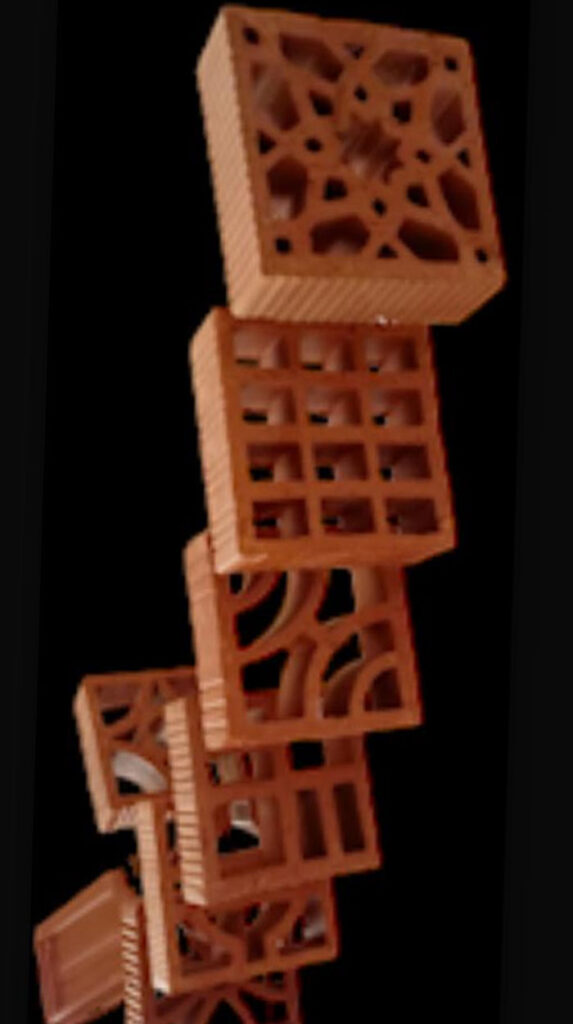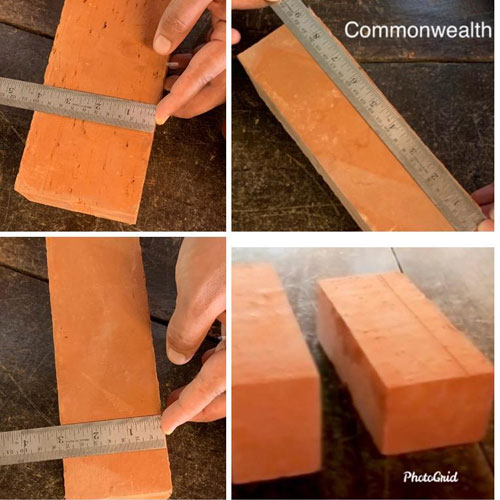
A Jaali is a perforated stone or latticed screen, usually with an ornamental pattern, commonly found in Indo-Islamic architecture and more generally in Indian architecture. It allows light and air while minimizing the sun and the rain, as well as providing cooling through passive ventilation.
Strength and Durability:
The strength and durability of a jaali, or perforated screen, depend on material selection (wood, metal, stone), design intricacy, quality craftsmanship, material finish, secure installation, regular maintenance, climate considerations, load-bearing capacity, and its intended purpose and location. Proper attention to these factors ensures a resilient and enduring jaali structure, whether used indoors or outdoors, providing both strength and longevity.
Thermal Insulation:
Jaali can provide thermal insulation due to its design. The perforations allow for air circulation, which can help in maintaining a comfortable temperature inside the building.
Fire Resistance:
Jaali, being a perforated stone or latticed screen, may not have inherent fire resistance properties as it is not designed to be an active fire barrier. However, the material used in the construction of Jaali can affect its fire resistance properties. For instance, certain materials like stone or GRC can offer better fire resistance compared to other materials like wood or metal. Additionally, the thickness and size of the perforations can also impact the fire resistance properties of Jaali.
Low Maintenance:
Jaali, being a perforated stone or latticed screen, is known for its low maintenance requirements. The material used in the construction of Jaali can affect its maintenance needs. Jaali is often made using machine-cut designs, which simplifies the joinery detail and provides the flexibility of reusing the Jaali if required. This reduces the weight, cost, and maintenance factor associated with Jaali compared to traditional hand-made stone Jaali.








